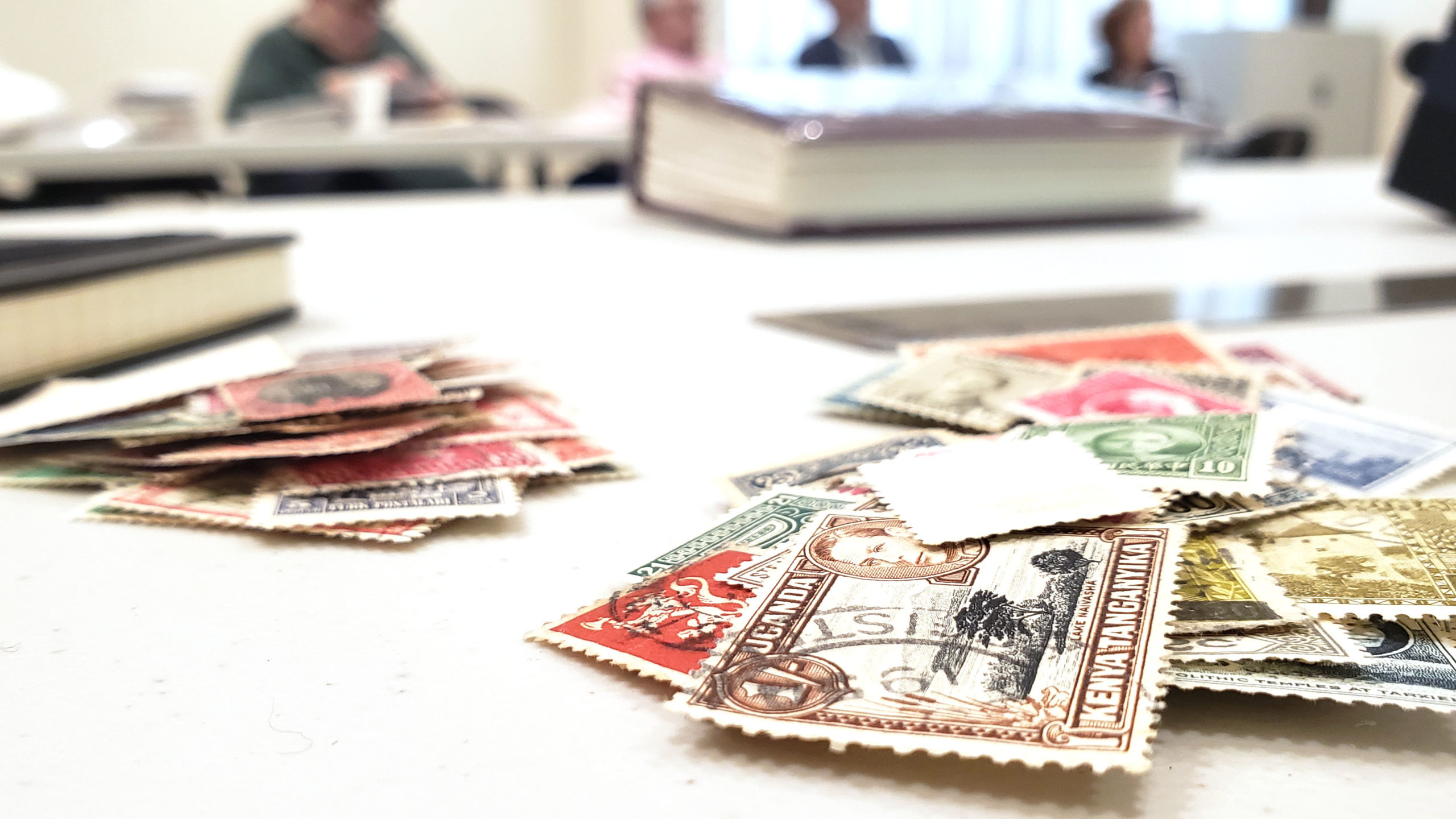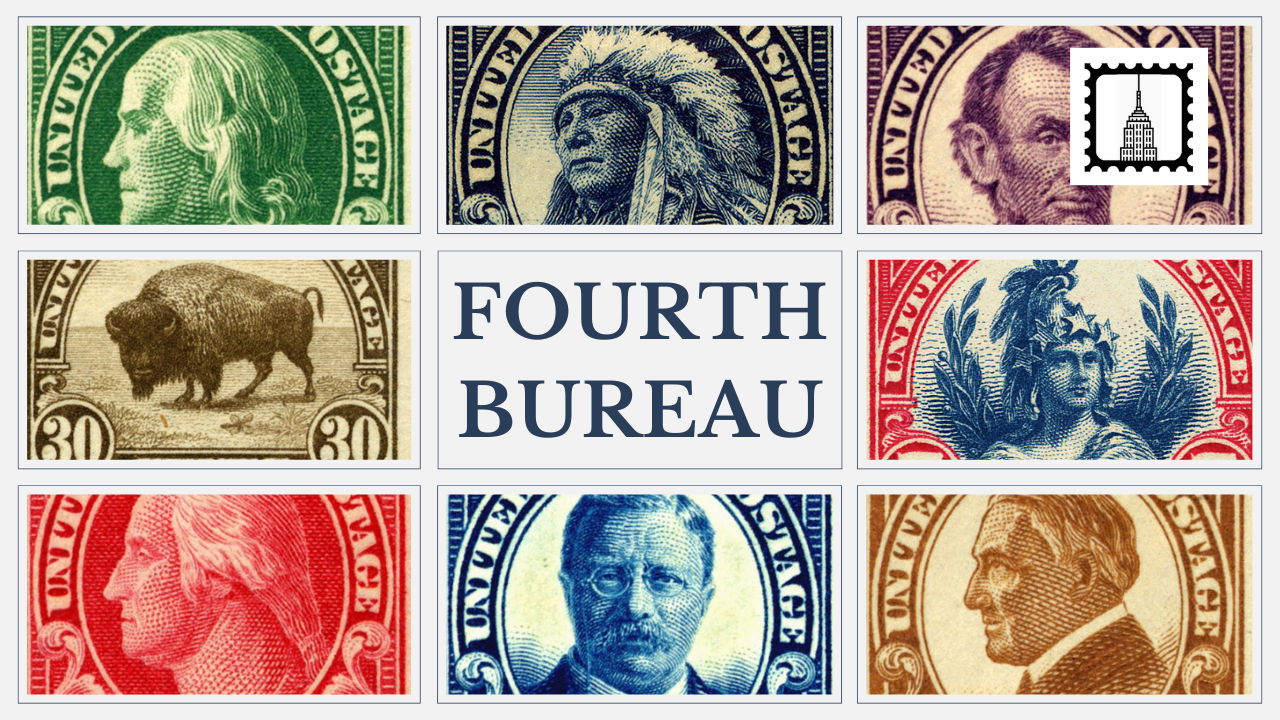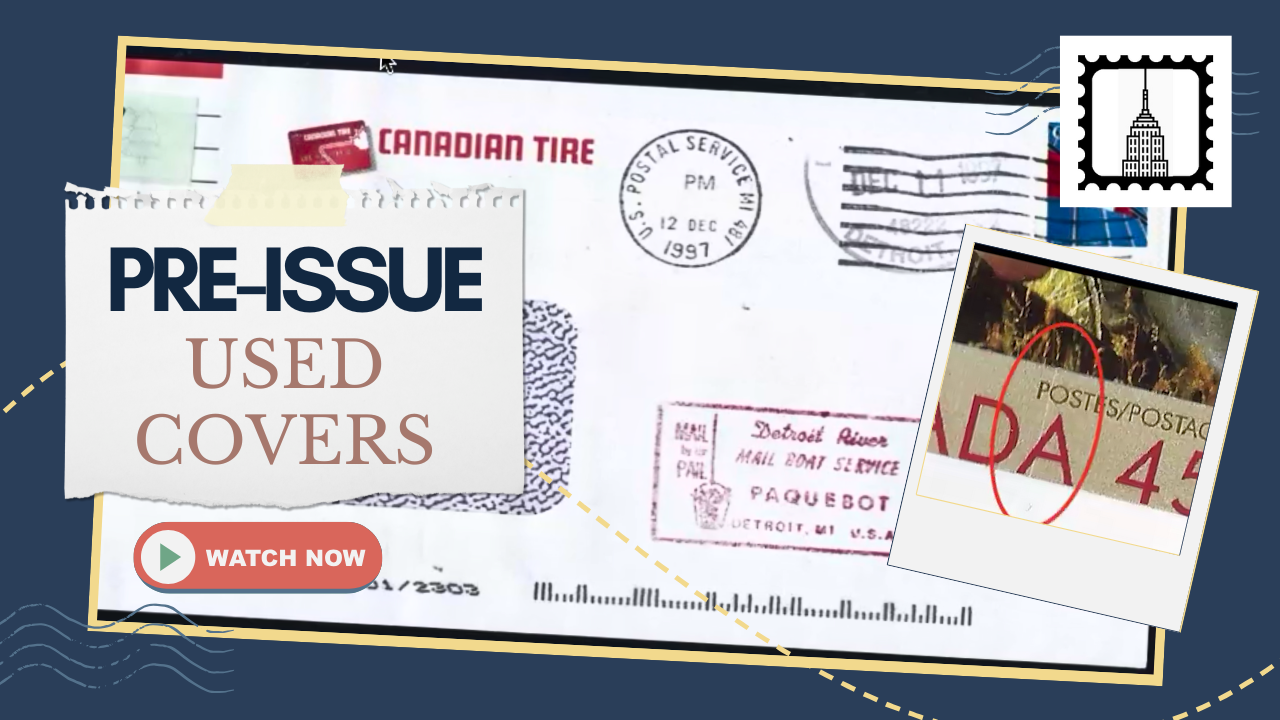Collecting rare covers offers the thrill of uncovering stories from history, but sometimes those stories come with hidden twists. In this blog post, we explore a lesson from philatelist Edward Grabowski, who recently shared a surprising case of philatelic fraud from his New Caledonia Group Type collection. This tale of a cleverly crafted “Frankenstein” cover demonstrates the importance of a keen eye and critical analysis in our hobby.
A Promising Cover from New Caledonia
At first, the cover appeared to be an excellent find. It was a military concessionary cover from the small village of Hobart, New Caledonia, dating back to January 23, 1898. This particular cover, marked with the expected 15-centime postage, seemed authentic in every way. Due to Hobart’s size, the absence of a military date stamp made sense, as small villages didn’t require them. Its journey took it through Noumea, New Caledonia’s capital and major port, which was indicated by a January 28 transit mark – everything, at first glance, appeared to add up.
Detecting the First Inconsistencies
The first sign of trouble came when Edward noticed that the dates didn’t quite align logically. A packet boat transit mark showed the cover leaving New Caledonia in December of the same year, 1898, nearly eleven months after its original postmark. Such a delay, especially over such a short distance, raised questions – why would a simple military letter sit in the post office for that long without any official indication of delay?
A Misplaced Military Cachet
Further discrepancies emerged on the back of the cover, where a cachet from the health service, endorsed by a senior medical officer, was stamped on the envelope. While this endorsement was common for certain military covers, it didn’t make sense here. The officer’s location on another island entirely meant the cover’s supposed journey was both improbable and inconsistent with typical postal routes.
The Discovery of a “Frankenstein” Cover
Intrigued by these mismatches, Edward took a closer look under a 20x magnifying glass. What he found confirmed his suspicions: faint traces of glue along the edges revealed that this “cover” was actually two covers carefully joined together. Someone had crafted a “Frankenstein” cover, pairing a front and back to create the appearance of a rare New Caledonia military concession cover. It was a carefully planned deception designed to fool even experienced collectors.
A Lesson for All Collectors
This experience serves as a powerful reminder: sometimes a piece’s story doesn’t add up because it’s been fabricated. Whether you’re new to philately or a seasoned enthusiast, developing an eye for detail is essential. When dates, routes, or endorsements seem inconsistent, it’s worth investigating further. Fraud may be rare, but even expert collectors like Edward can fall prey to skillful forgeries.
Conclusion
The story of this “Frankenstein” cover reminds us all to look a little closer, trust our instincts, and value the investigative side of philately. Edward’s discovery offers an invaluable lesson in diligence, sharpening our skills so that we can better protect ourselves from similar deceptions in the future. The next time you encounter a cover that doesn’t quite “fit,” remember: there may be more to the story.






